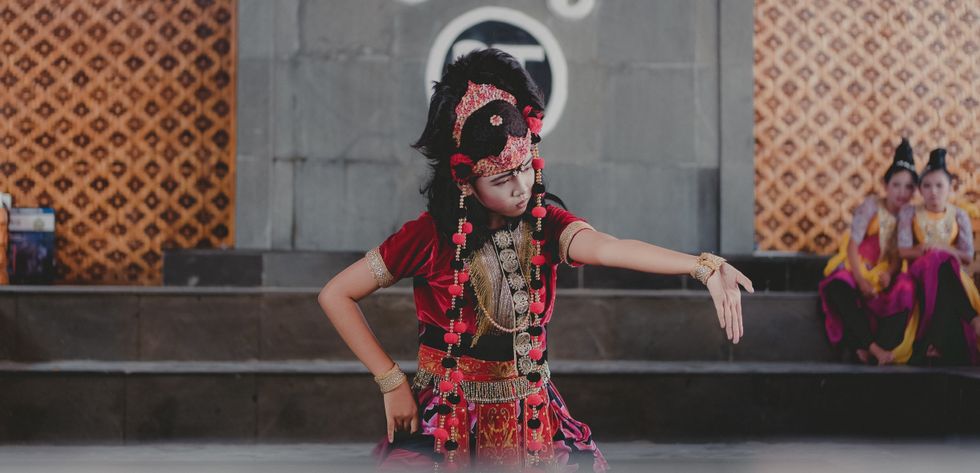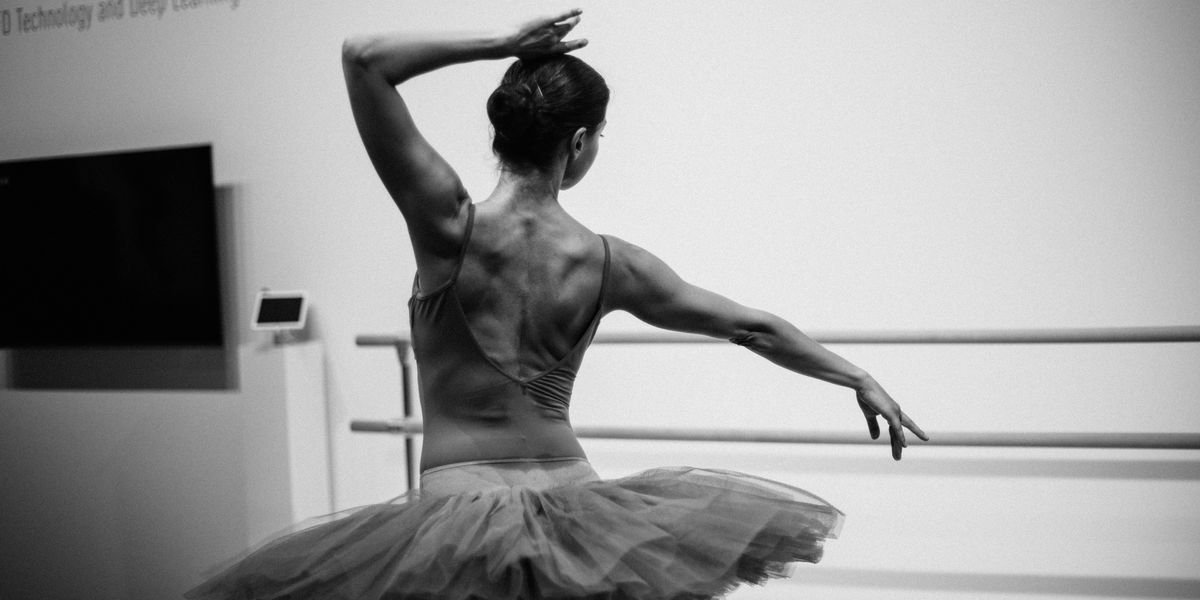It's Time to Stop Encouraging Dancers to Always Push Beyond Their Limits
As a young dancer, I was taught that falling out of a relevé, even during class, was not an option. I was told to never, ever give up on it. “Die for it,” my ballet master used to say.
I used to love, even dream, of being immersed in dance every day. But after 10 years of pushing myself beyond my limits as a full-time dancer, something started happening to me internally. My vision would get blurry, my body felt like I was spinning, and my ears would ring.
I did what I always did—I ignored the warning signs and pushed through it. I never wanted to look weak or incapable as a dancer, even if I was in a lot of pain. Even if I felt like I was going to pass out.
I began feeling this way every day. From what I can remember, that was when I started blacking out while I was dancing.
Is “die for it” really a smart message to send students?
Like so many dancers, I had grown up on stories of extreme perseverance, like the one about Anna Pavlova who had pneumonia and was told that she’d never be able to dance again if she had the surgery to fix it. My ballet master told me that Pavlova chose dance, saying, “If I can’t dance, I’d rather be dead.”
I understand the importance of commitment, and the usefulness of this story to illustrate that. But, “die for it,” really?
I don’t think commitment is what dancers are lacking. Every dancer I know is intensely devoted to their craft—commitment is not their issue. Their issue is how they treat themselves.
Pavlova’s story is from the 1930s and almost 100 years later, we have a much deeper understanding of physical and mental health as it relates to dance. Does this anecdote still need to be part of our lore? What are the effects of telling this to 10-year-olds?
Instead, can we tell new stories to dancers that show them how to have a healthy relationship with themselves?
 Ali Yahya/Unsplash
Ali Yahya/Unsplash
Dancers need to be taught to listen to themselves
Honestly, my relationship to my own needs as a dancer was either to put them away or to transcend them. I often ignored my pain in an effort to find this transcendence. I cared more about dance than I did about my own well-being. I actually had stopped listening to myself completely—instead, I drowned my body in pain killers, committed to an intense training regimen, and kept as busy as possible. It was as though I was avoiding myself.
It wasn’t until I started blacking out that I realized something needed to change.
So I picked up a copy of Mindfulness for Dancers by Corinne Haas. The book teaches dancers how to create a positive relationship with themselves, by listening to themselves while dancing, and also before and after.
“Why is no one talking to dancers about this?” I wondered. I thought that, as a dancer, mindfulness was all about technique and artistry. The book showed me a new layer of mindfulness that is not covered in dance class: mindfulness with yourself.
I started to heal my relationship to myself through meditation, spirituality and learning how to rest.
Like so many dancers, the emphasis of my training was always external—executing a certain step, learning the choreography quickly, being able to match the other dancers so we were a cohesive group on stage. I had an “aha” moment during a Gaga improv intensive. The teacher kept asking us if we were listening to ourselves. She kept asking if we could listen first and move from that place.
I remember feeling stumped, but saying to myself, “It’s okay to try this. Nobody is going to care or notice if I don’t move perfectly. I took this training to learn something new. Why not try to listen first?”
I spent that entire week teaching myself how to turn off the inner critic and turn up the volume on my inner voice. This shift made me move in a completely different way—I stopped pushing and stopped trying to impress others. As I listened, dancing felt like a meditation. I was actually more connected and more capable as a dancer. My anxiety started to go away and dance became a sustainable, spiritual practice.
It’s time that dance as a field begins to shift its focus to creating healthy dance artists. Developing a positive relationship and being in constant dialogue with yourself as you train are key components to evolving into a healthy, mature dancer.
Looking back, I didn’t have to push through the overstimulation or the pain to be an exceptional dancer. I didn’t have to die for it. I only had to love dance and love myself at the same time.




